Gallery: The Discovery of a Forgotten Pharaoh
Excavating a New Tomb
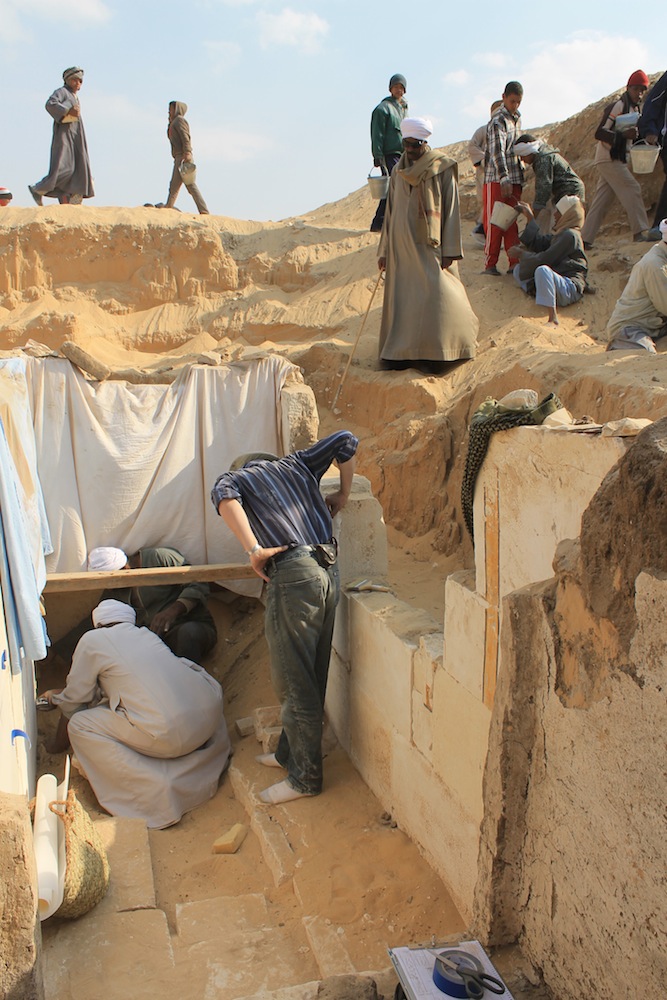
Team members work to excavate the burial chamber of the pharaoh Woseribre Senebkay, with sheets covering a painted wall decoration.
Senebkay Skeleton
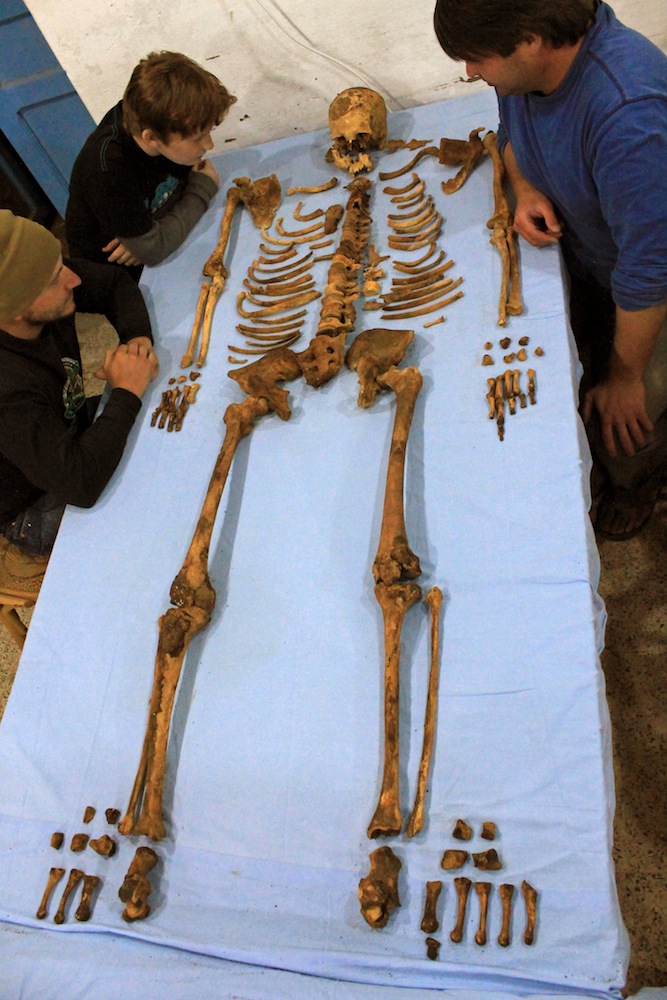
The skeleton of the previously unknown pharaoh Woseribre Senebkay lays on a table. The king’s body was originally mummified, but robbers ripped the body apart. Surrounding the skeleton (from left to right) are Matt Olson, Graduate Student, NELC Department, University of Pennsylvania; Alexander Wegner; and Paul Verhelst, Graduate Student, NELC Department, University of Pennsylvania.
Burial Chamber Chaos
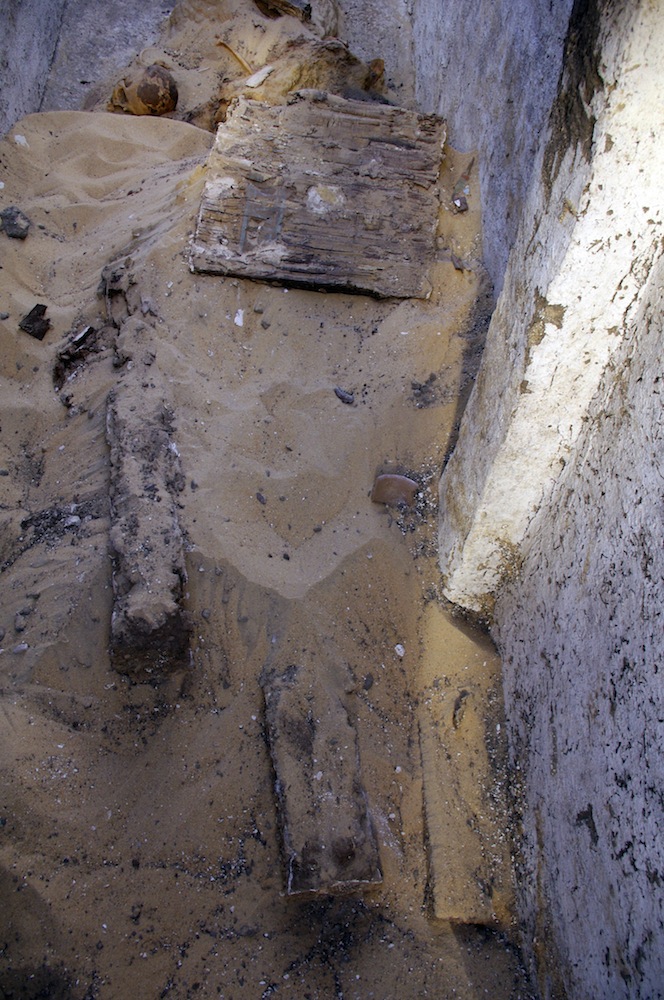
The damaged remains of the burial and canopic chest of the pharaoh Woseribre Senebkay.
Cartouche
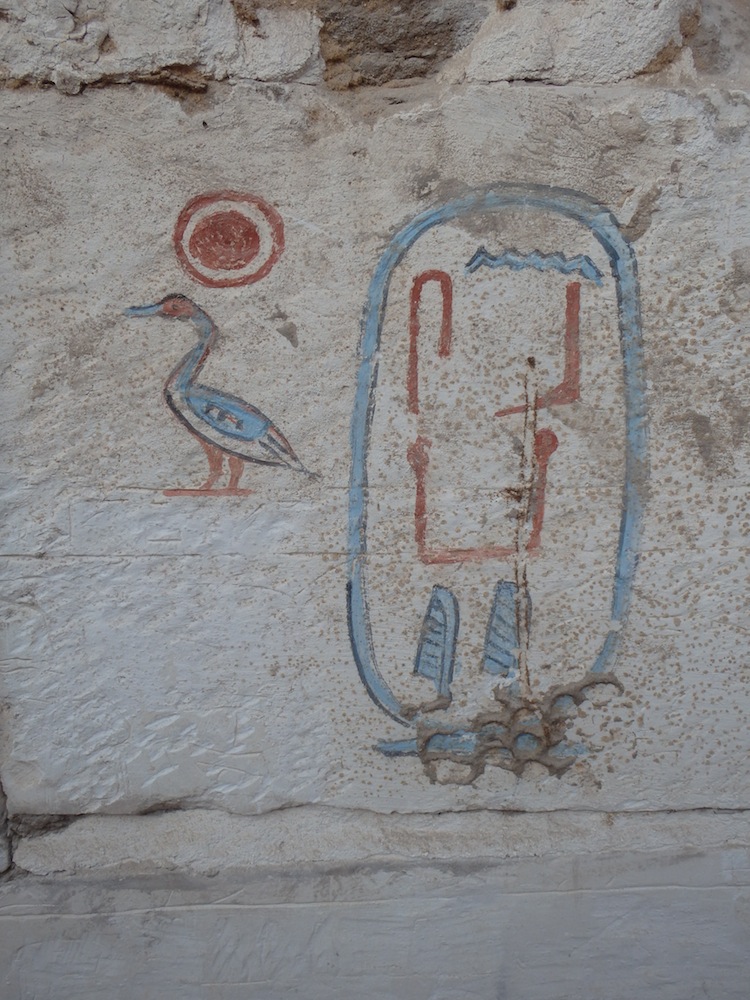
At left, the sun disc and goose means "Son of Re" (or Ra), the Egyptian sun god. The cartouche at right spells the name of the pharaoh, Senebkay, whose body was interred in the four-chambered tomb.
King's Cartouche
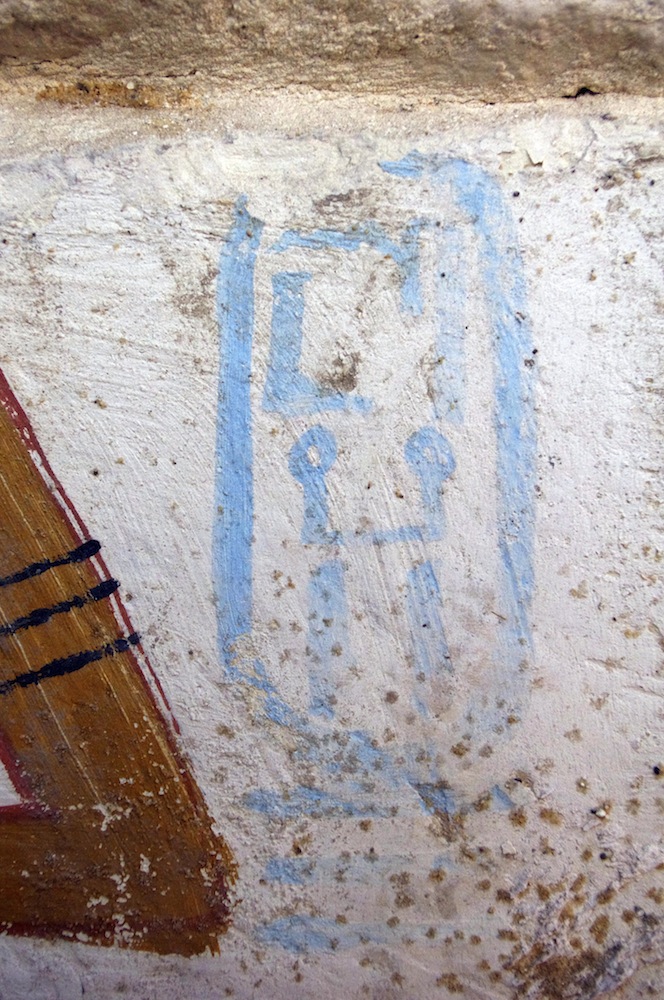
The cartouche of the newly discovered pharaoh, Woseribre Senebkay, inside the king’s limestone burial chamber.
Painted Goddesses
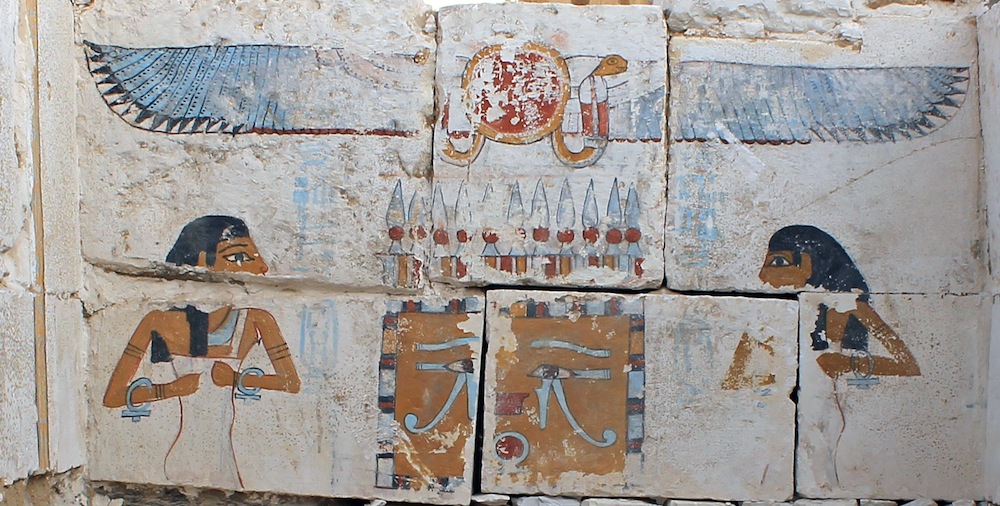
A painted scene of the Neith, the goddess of war and wisdom, and Nut, goddess of the sky, protecting the canopic shrine of the pharaoh Woseribre Senebkay.
Painted Tomb
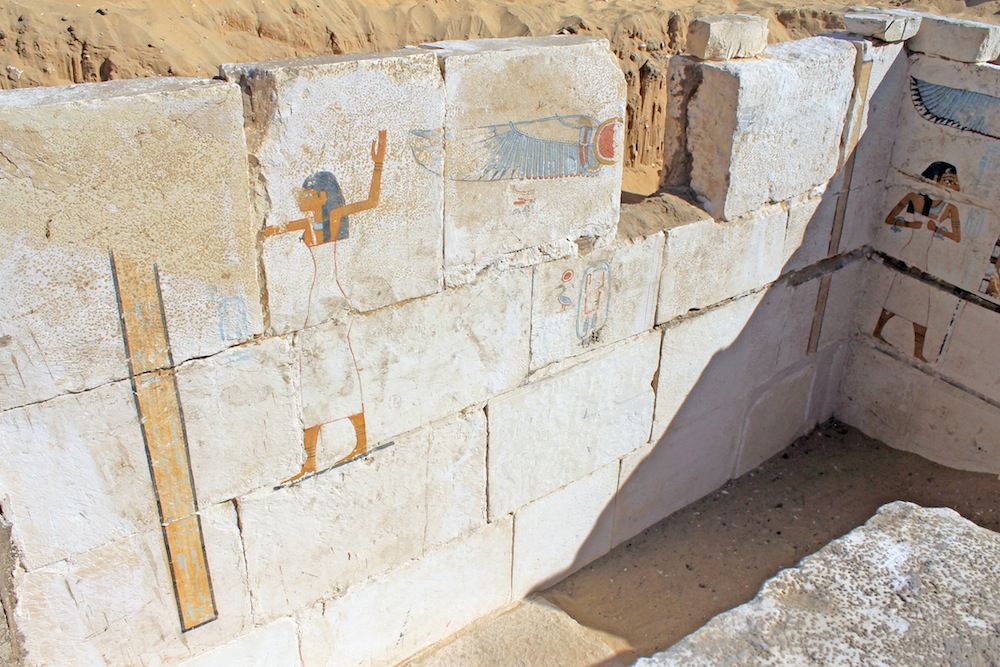
Painted decoration in the burial chamber of the pharaoh Woseribre Senebkay.
Get the world’s most fascinating discoveries delivered straight to your inbox.
Senebkay Tomb
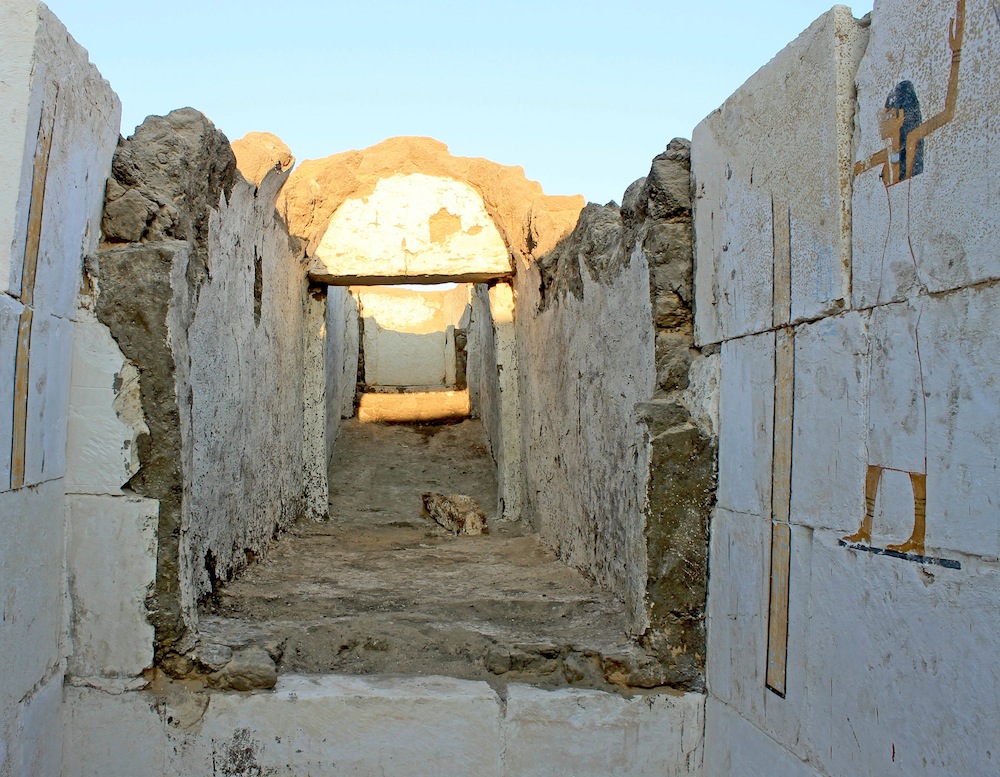
A view of the tomb of the pharaoh Woseribre Senebkay.
Mystery Sarcophagus
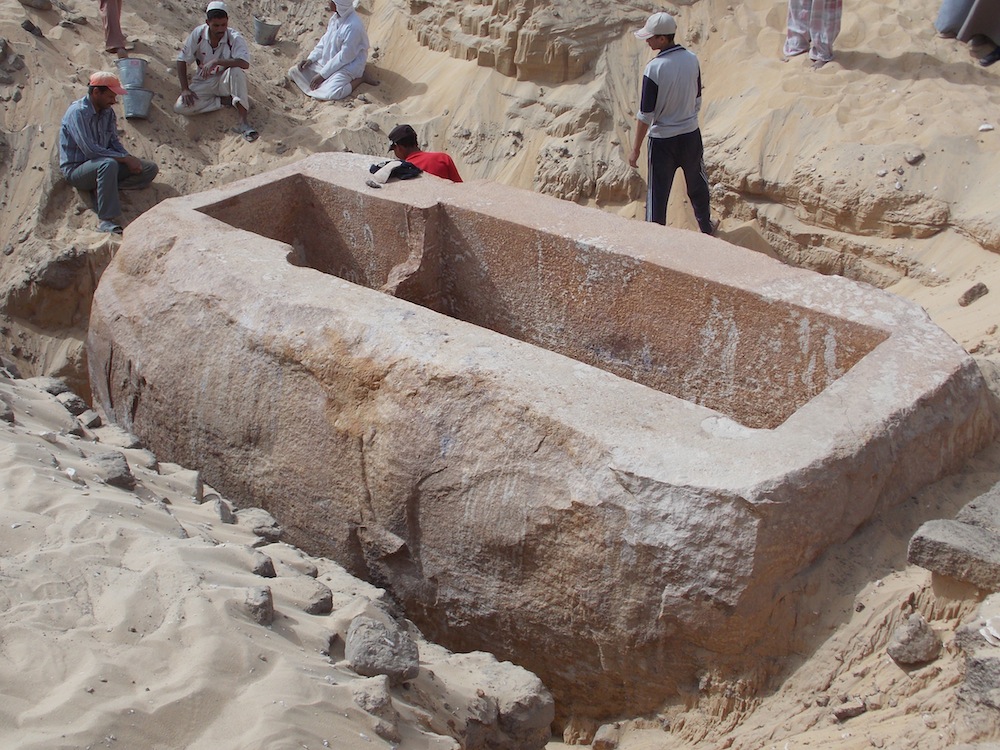
Close up of Penn Museum excavations of a recently discovered royal sarcophagus chamber at Abydos, Egypt, June 2013. The discovery of this chamber (identi#ed as that of king Sobekhotep, probably Sobekhotep I, ca. 1780 BC, of the 13 th Dynasty) led researchers to the nearby tomb of a previously unknown pharaoh, Woseribre Senebkay, who ruled around 1650–1600 BC.
Sarcophagus Scene
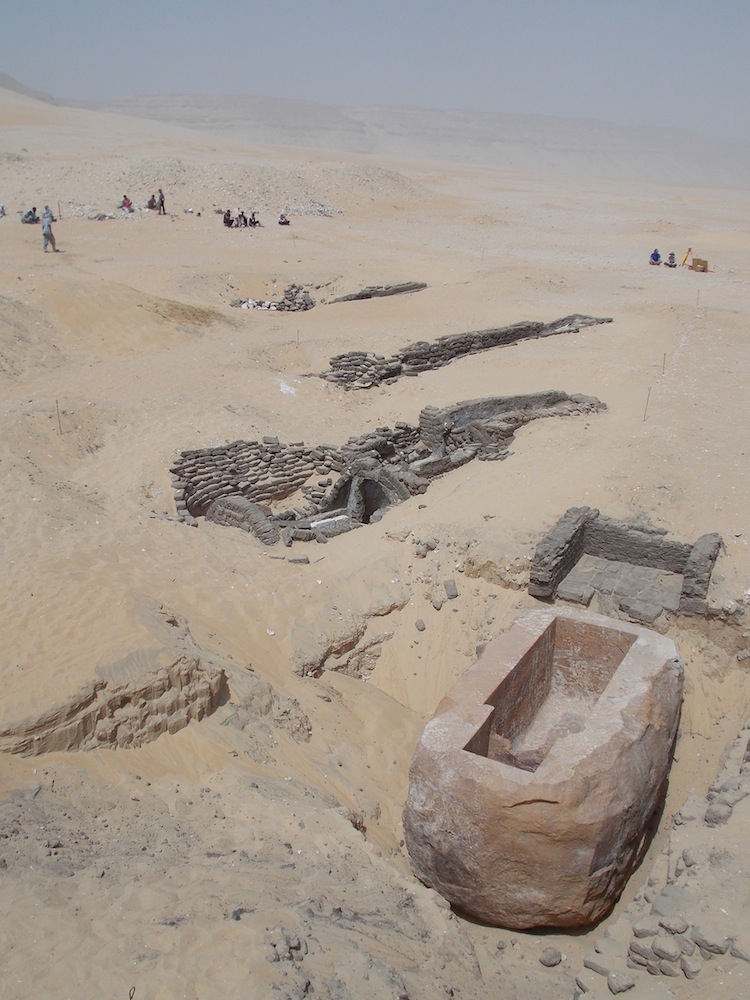
Penn Museum desert excavations of a recently discovered royal sarcophagus chamber at Abydos, Egypt, June 2013. The discovery of this chamber (identi#ed as that of king Sobekhotep, probably Sobekhotep I, ca. 1780 BC, of the 13 th Dynasty) led researchers to discover the nearby tomb of a previously unknown pharaoh, Woseribre Senebkay, who ruled ca. 1650–1600 BC.

Stephanie Pappas is a contributing writer for Live Science, covering topics ranging from geoscience to archaeology to the human brain and behavior. She was previously a senior writer for Live Science but is now a freelancer based in Denver, Colorado, and regularly contributes to Scientific American and The Monitor, the monthly magazine of the American Psychological Association. Stephanie received a bachelor's degree in psychology from the University of South Carolina and a graduate certificate in science communication from the University of California, Santa Cruz.


